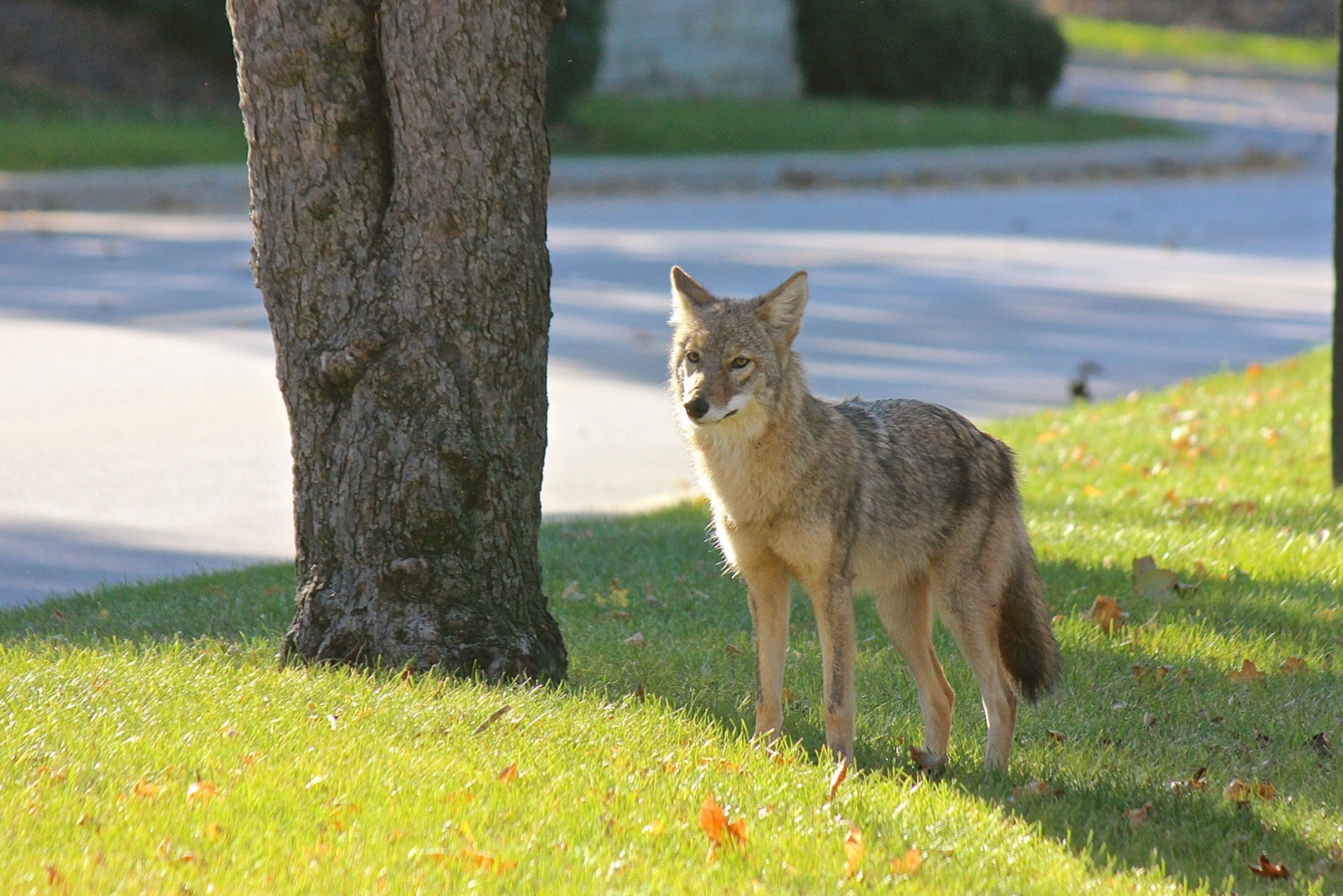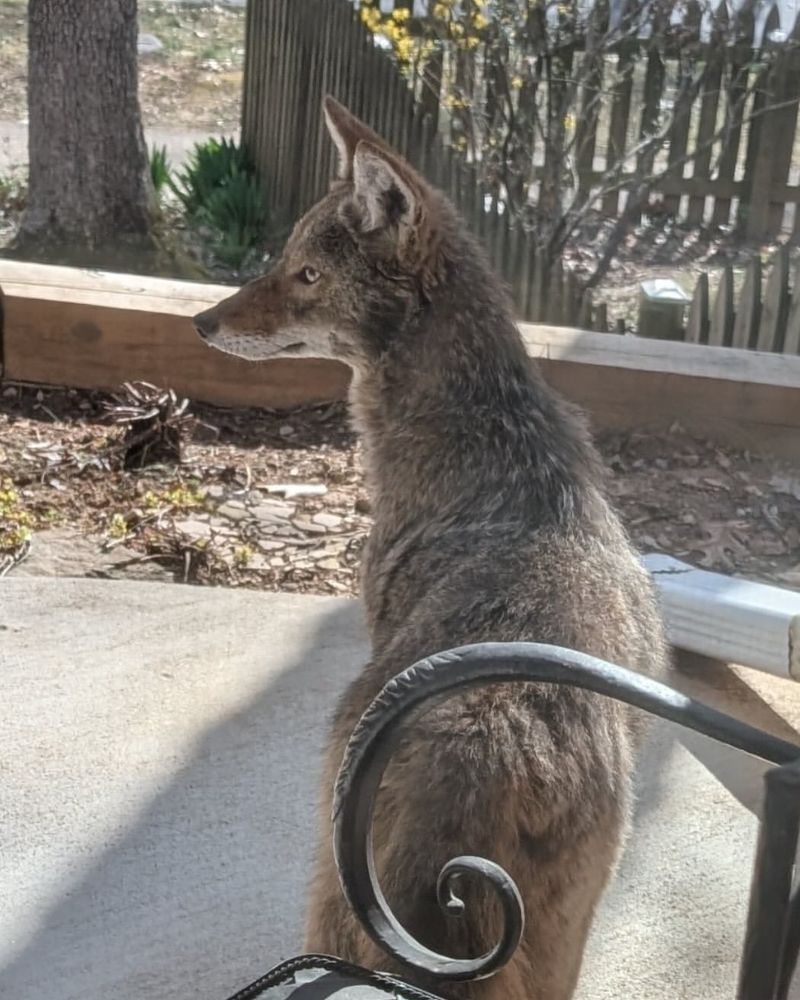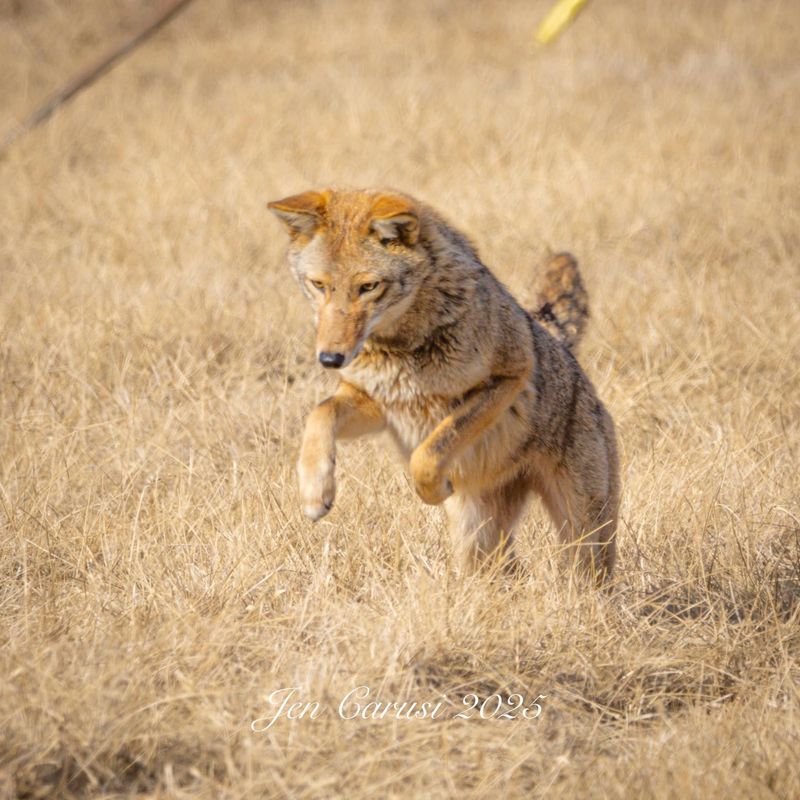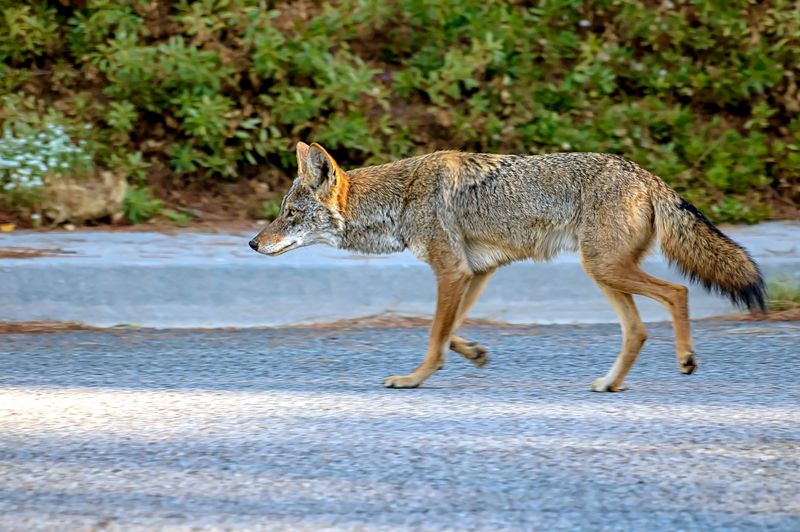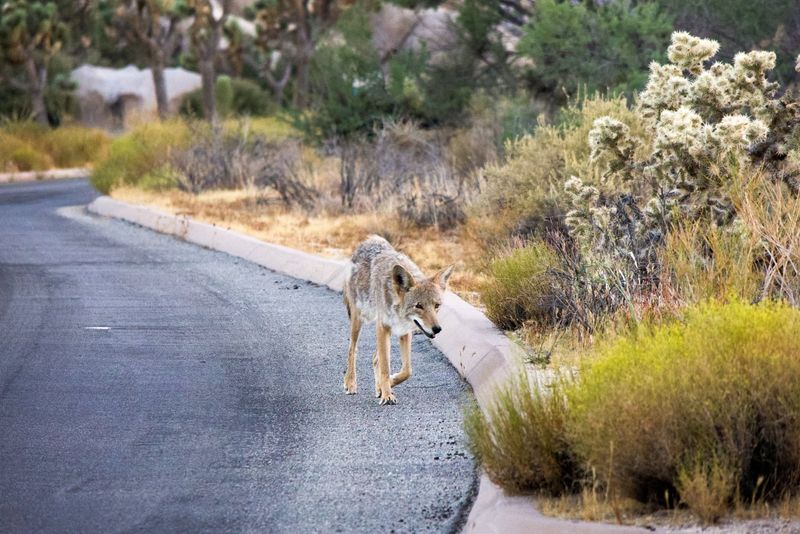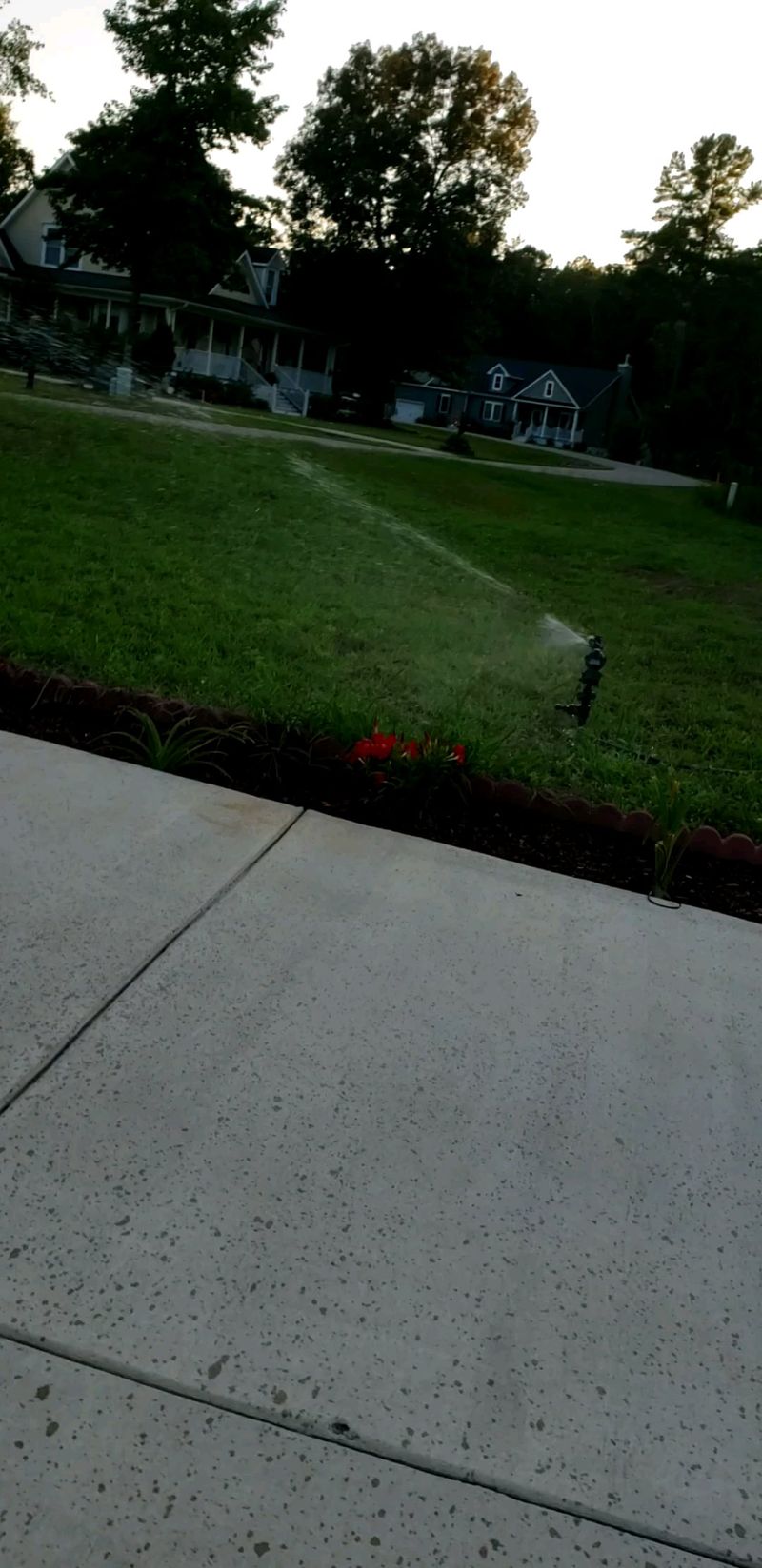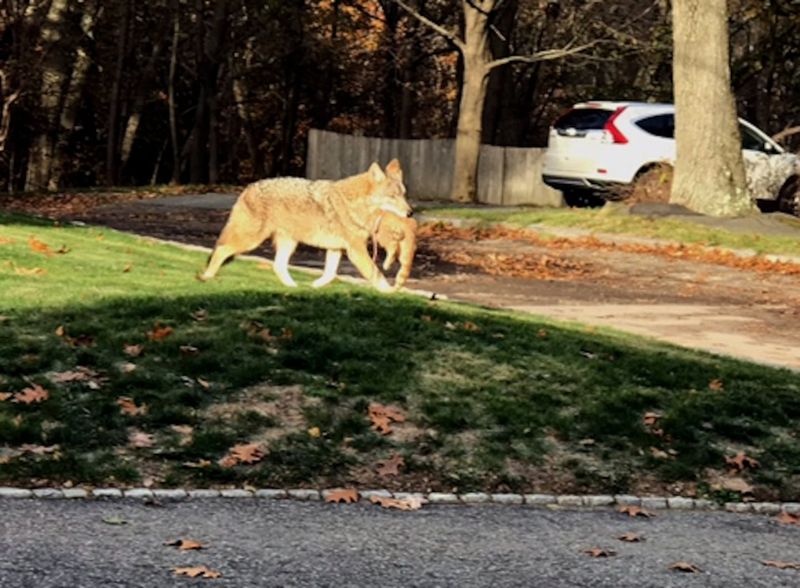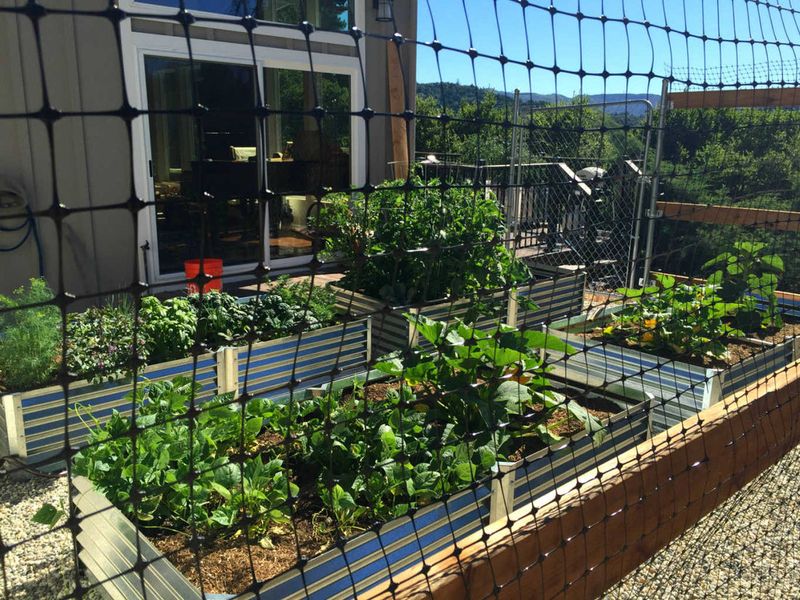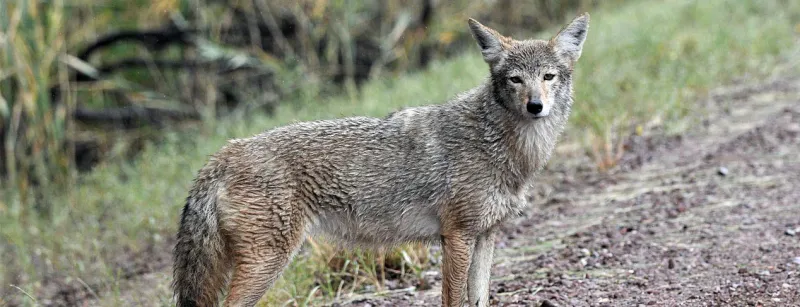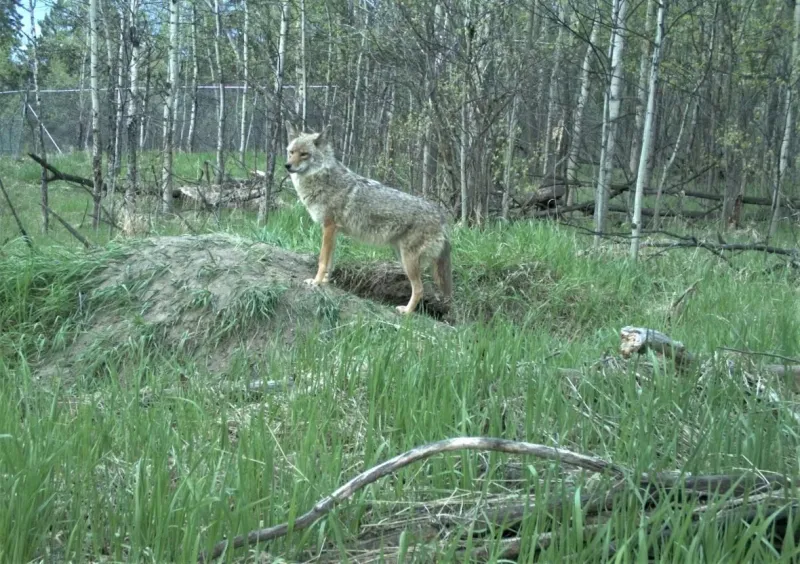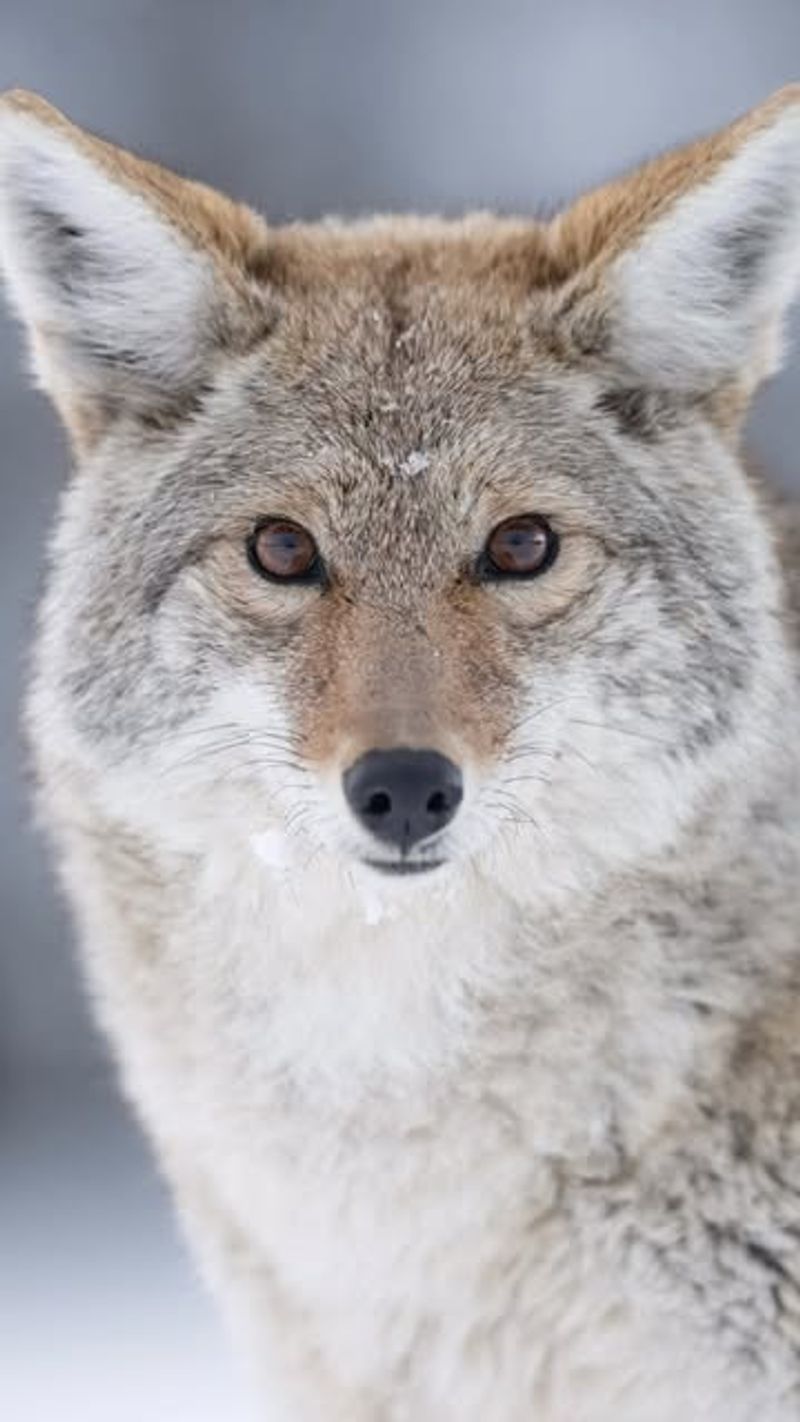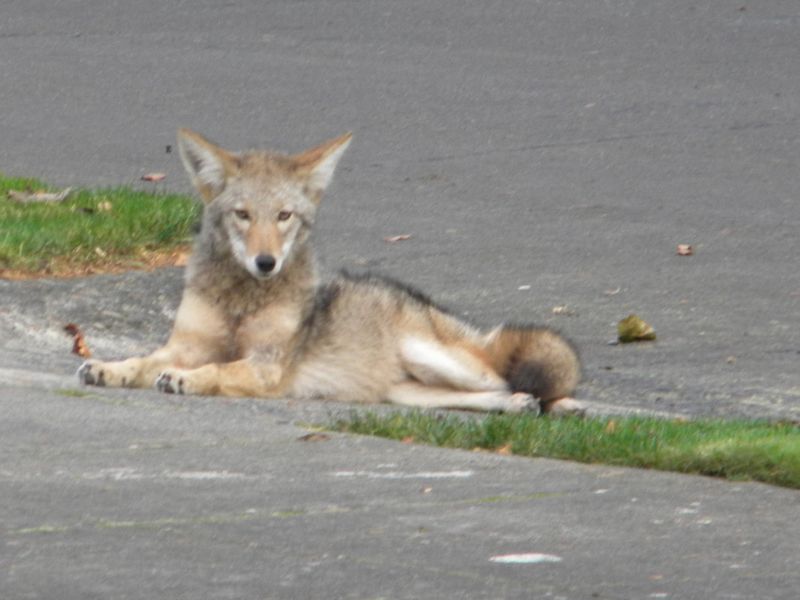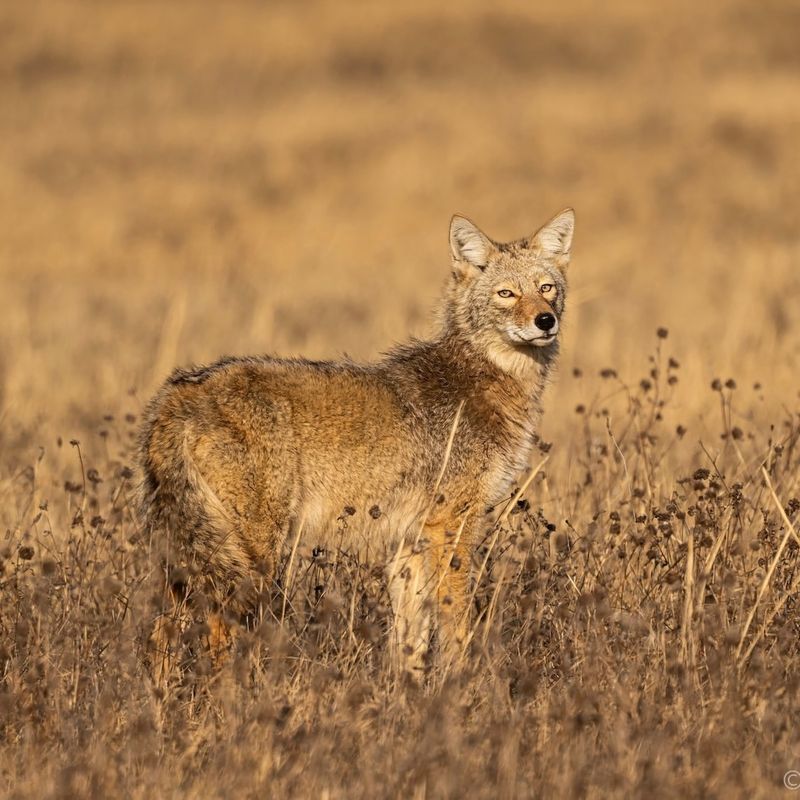Coyotes are showing up more often in Illinois yards as suburban growth stretches into their native territory. These smart, curious animals are quick to adapt—and that includes sniffing around gardens and fruit trees. Their presence is a sign of how closely our lives now overlap with the wild.
For gardeners, a coyote near the tomato patch can be unsettling, but it’s not unusual. They’re often drawn by smells, water sources, or quiet corners to rest. Understanding their behavior helps you respond without panic or harm.
If you spot one, stay calm and make yourself known—clapping or speaking loudly usually does the trick. Keep food sources secure and avoid feeding wildlife. It’s all about keeping boundaries clear while respecting the nature around us.
1. Make Loud Noises
Banging pots together or blowing a whistle can send a coyote running. These wild animals typically prefer avoiding human interaction, making noise an effective deterrent.
I’ve found that clapping my hands loudly while working in my vegetable garden has sent curious coyotes scampering away. Many Illinois gardeners keep a whistle hanging by their back door just for this purpose.
Your goal isn’t to harm the animal but to make your yard uncomfortable and reinforce that humans should be avoided.
2. Stand Your Ground
Appearing large and confident tells a coyote you’re not easy prey. Raise your arms, stand tall, and maintain eye contact while facing the animal directly.
My neighbor in Springfield successfully deterred a coyote that was eyeing her berry bushes by simply standing tall and not backing down. The wild visitor quickly lost interest when it realized she wasn’t intimidated.
Never turn your back or run, as this might trigger the coyote’s chase instinct.
3. Spray With A Hose
Garden hoses serve double duty in Illinois yards—watering plants and deterring wildlife. A quick spray of water won’t harm the coyote but will create an unpleasant experience it won’t want to repeat.
Last summer, while watering my native plant garden, I spotted a coyote sniffing around my compost pile. A gentle spray in its direction sent it trotting away without incident.
Most Illinois gardeners keep hoses readily accessible, making this a convenient deterrent method.
4. Remove Food Sources
Fallen fruits from apple trees or unsecured compost can be wildlife magnets. Coyotes might initially visit for the fruits but stay when they discover other food opportunities.
After finding paw prints around my mulberry trees, I started picking up fallen fruit daily. This simple garden maintenance task significantly reduced wildlife visitors to my Illinois yard.
Secure garbage cans, bring in pet food at night, and harvest ripe vegetables promptly to make your garden less attractive to hungry coyotes.
5. Install Motion-Activated Sprinklers
Surprise water jets provide effective coyote deterrence while benefiting your garden plants. These devices detect movement and release a burst of water, creating an unexpected surprise for any garden visitor.
For me, installing these sprinklers around my vegetable beds solved two problems at once—keeping my Illinois garden watered and wildlife at bay. The sudden spray startles without harming.
My gardening club in Chicago suburbs has seen several members successfully use this method to protect their prized plantings.
6. Call Animal Control For Persistent Visitors
Professional help becomes necessary when a coyote repeatedly visits despite deterrents. Illinois animal control officers are trained to handle wildlife situations safely and humanely.
After noticing the same coyote visiting my neighbor’s irrigation system daily, she contacted local authorities who provided specialized assistance. They determined the animal was drinking from leaking pipes.
Keep the Illinois Department of Natural Resources number handy (217-782-6302) if you garden in areas with frequent coyote activity.
7. Protect Garden Beds With Fencing
Physical barriers around vegetable gardens can prevent unwanted visitors. Coyotes typically won’t jump fences taller than six feet, especially those with roller bars or coyote rollers at the top.
My raised beds in our Naperville garden stayed untouched after installing proper fencing. The initial investment protected both my heirloom tomatoes and peace of mind.
For Illinois gardeners, combining underground barriers (preventing digging) with tall fencing provides the most effective protection for prized plants.
8. Use Lights And Sounds
Solar-powered motion lights installed near garden pathways create an unwelcoming environment for nighttime prowlers. These devices activate when detecting movement, suddenly illuminating dark corners where coyotes might explore.
Wind chimes hanging from my apple tree branches add both garden decoration and wildlife deterrence. The unpredictable sounds make Illinois wildlife cautious about approaching.
I’ve noticed significantly fewer nocturnal visitors since adding these features around my perennial beds and compost area.
9. Trim Back Dense Vegetation
Overgrown shrubs provide perfect hiding spots for wildlife. Regular pruning of dense bushes and undergrowth eliminates potential shelters where coyotes might feel comfortable lingering.
Last spring, I thinned out the native serviceberry bushes along my property line in Champaign. This maintenance not only improved plant health but removed a corridor coyotes had been using to access my vegetable garden.
Focus especially on areas near food sources like fruit trees or berry patches when maintaining your Illinois landscape.
10. Create Community Awareness
Sharing information with neighbors ensures consistent wildlife management throughout your area. When one yard becomes unwelcoming to coyotes while others remain attractive, the animals simply relocate rather than leave the neighborhood.
Our Illinois garden club created a simple pamphlet about wildlife-smart gardening practices. We distributed it along with native plant seeds to encourage community participation.
Group efforts, like coordinated garden cleanup days, have proven most effective in reducing wildlife conflicts in our Oak Park community.
11. DON’T Feed Them
Deliberately offering food destroys natural wariness and creates dangerous dependencies. Once coyotes associate your yard with easy meals, they’ll return repeatedly and potentially become aggressive.
My cousin in Peoria learned this lesson when attempting to feed a seemingly harmless coyote near his raspberry bushes. Within weeks, multiple animals began regularly visiting, damaging his garden and threatening neighborhood pets.
Even indirect feeding through unsecured compost or bird feeders can create problematic wildlife patterns in Illinois gardens.
12. DON’T Approach Or Corner Them
Wild animals feel threatened when escape routes are blocked. Approaching or cornering a coyote in your garden may trigger defensive behavior, potentially resulting in an aggressive response.
While harvesting tomatoes in my raised beds, I once noticed a coyote had wandered between my garden shed and fence. Instead of moving closer, I retreated and gave it plenty of space to leave.
Always maintain a respectful distance when sharing your Illinois garden space with wildlife visitors.
13. DON’T Run Away
Fleeing triggers predatory chase instincts in many animals. Running from a coyote might actually increase your risk rather than reduce it, especially near garden spaces where they might feel territorial.
While working in my herb garden last fall, I unexpectedly encountered a coyote near my sage plants. Standing still and then backing away slowly proved effective—running would have sent the wrong message.
Illinois Master Gardeners recommend calm, deliberate movements when unexpected wildlife appears in your growing spaces.

